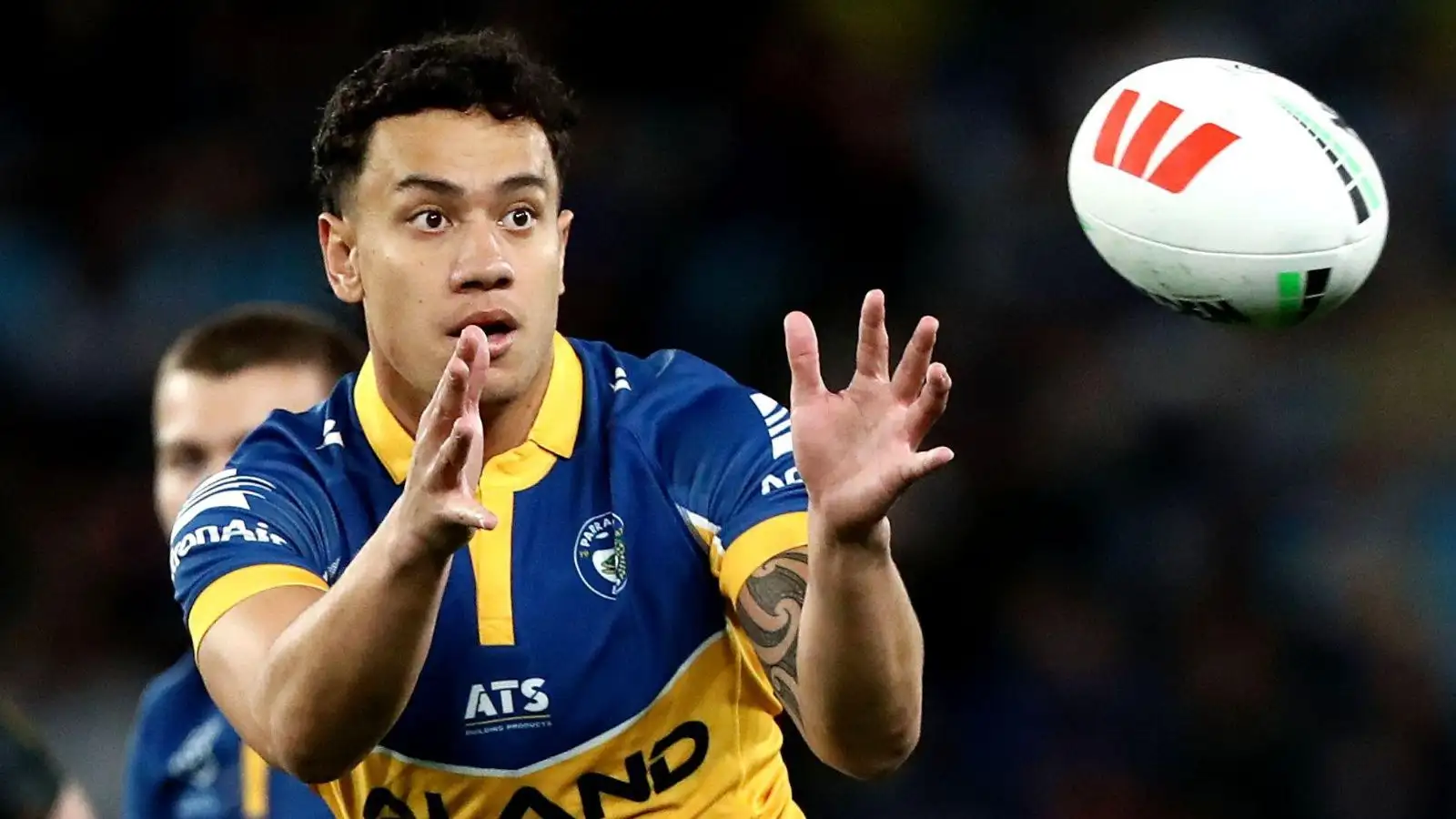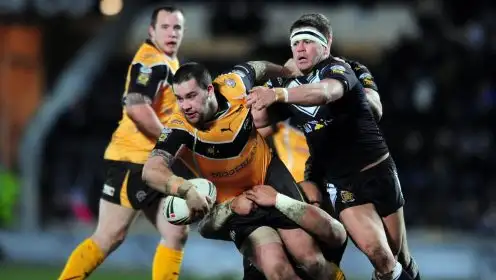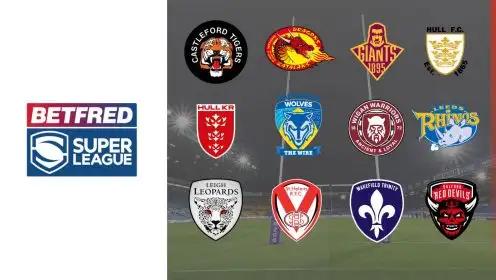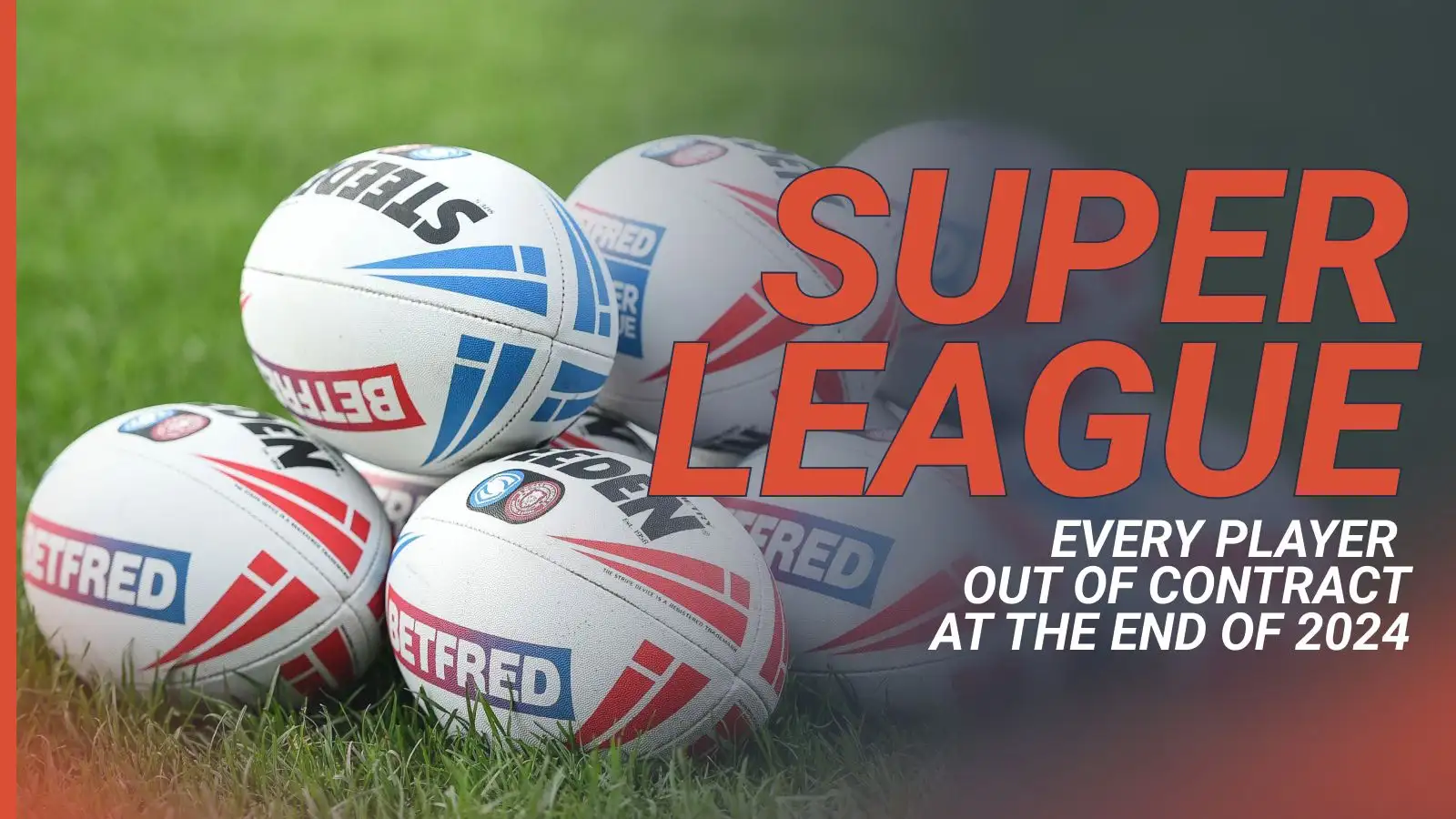Super League pair avoid bans for Grade D offences as part of RFL amnesty for new head contact and tackle guidelines
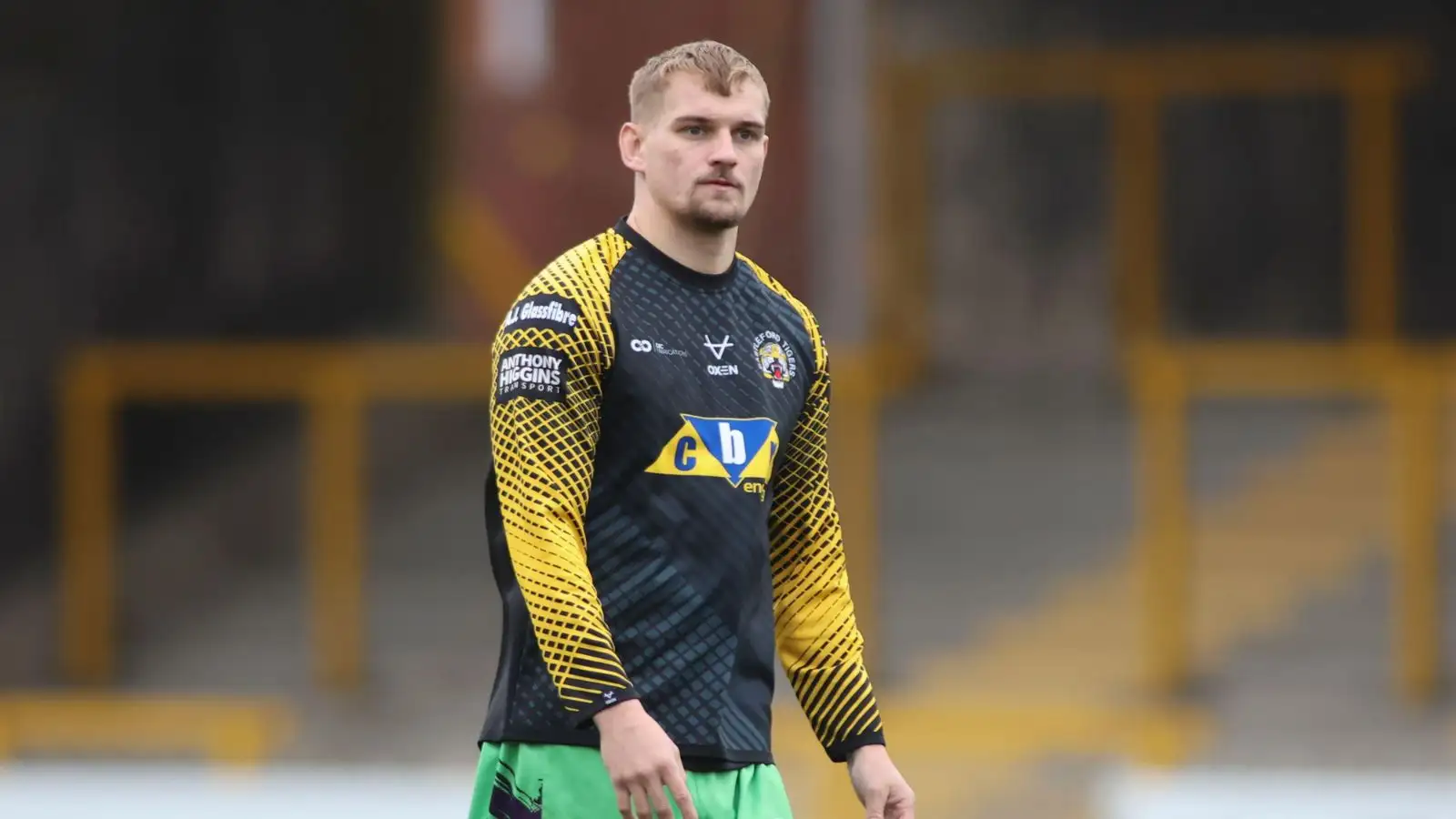
Castleford Tigers full-back Luke Hooley - Alamy
Castleford Tigers duo Luke Hooley and Liam Horne have avoided sanction despite being charged with Grade D head contact offences in their pre-season friendly against London Broncos at the weekend.
The pair were both cited for head contact and handed Grade D charges, which would normally carry a suspension tariff of two or three matches.
However, the RFL has previously agreed with clubs that there will be an amnesty for offences during pre-season while players adapt to the new head contact sanctioning framework.
A spokesperson said: “The MRP will notify the player and their club of the charge and sanction they would have received… But the charge and sanction will not come into force or be lodged on the player’s record. This gives everyone a chance to see what will be coming but gives them an opportunity to rectify matters before the season kicks off formally.
“This also protects against the most serious foul play by banning at the top end of grades thereby not moving away from protecting players.
“The RFL appreciate some of these changes require player and coach buy-in. By doing this it gives everyone time to adjust, ensures our best players can play at the start of the season but will give awareness as to what will be ahead for us.”
Batley’s Brandon Moore and London’s Oli Leyland also avoided suspension for Grade C head contact charges.
But Huddersfield forward Oliver Wilson was handed a one-match ban for a Grade C striking offence in the Giants’ pre-season game with Dewsbury, as that offence and punishment is unchanged from 2023.
What are the new head contact guidelines?
The new head contact guidelines effectively mean any contact to the ball carriers head/neck by the tackler will be deemed a high tackle. That would then be awarded as a penalty, with a yellow card and red card a possible punishment, depending on the mitigating factors.
Mitigating factors can include the ball carrier unexpectedly losing height or changing direction, whether the head contact is secondary or if the initial contact is reactionary.




It is part of the adaptation to the roadmap of changes, which will mean from 2025 in the professional game, the legal tackle height will be lowered to below the armpit, something which is coming in to force in the community game this year.
There is likely to be an increase in penalties and sanctions when the new season gets underway as players adapt to the changes.
RFL match officials have been made available to clubs during the off-season, with multiple sessions being held to help them get up to speed.
You can download the Head Contact Sanctioning Framework via the RFL website.
READ NEXT: How the RFL’s new rules on ‘match limits’ capping players’ game-time will work from 2024
